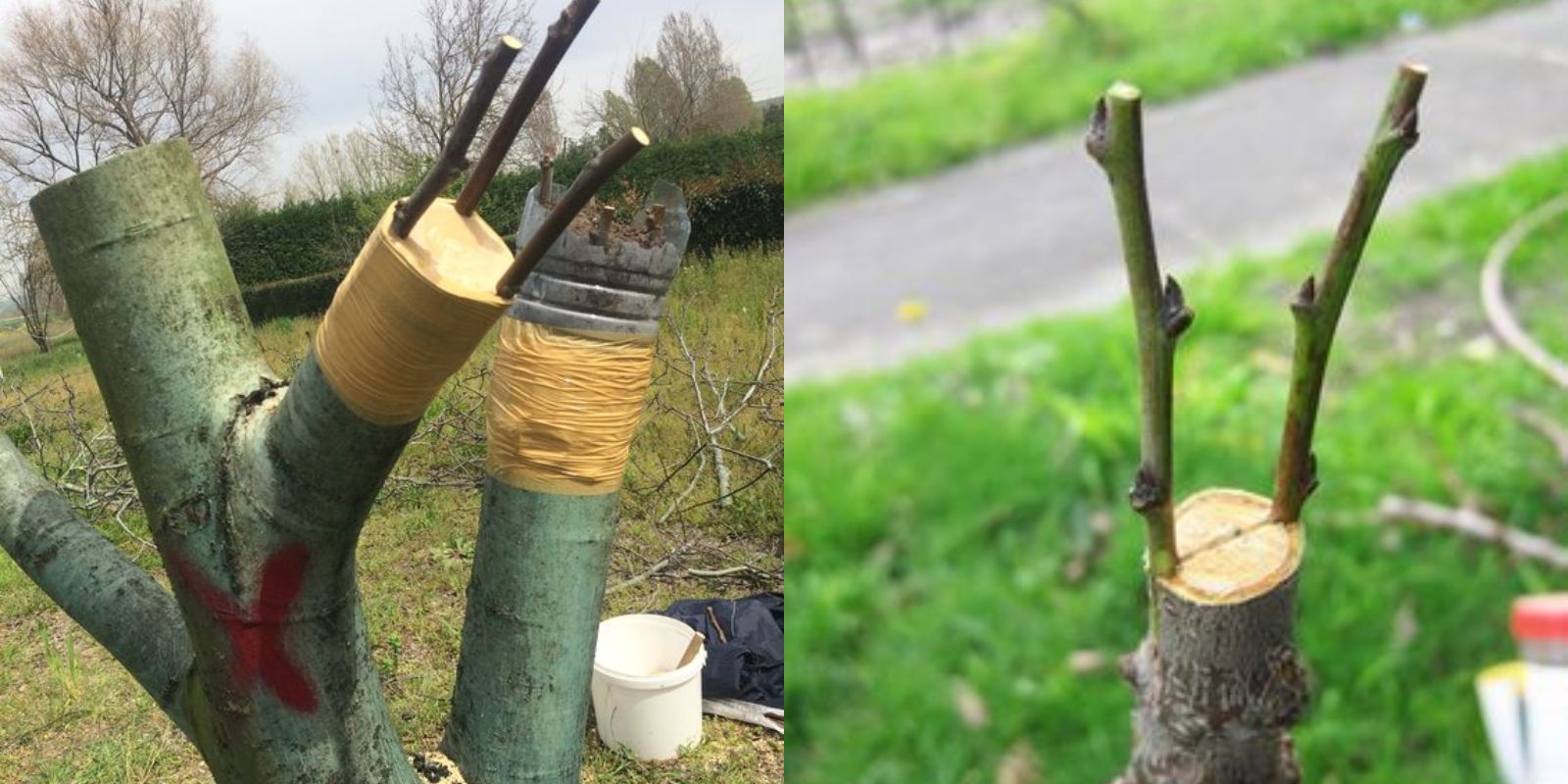Introduction:
Citrus trees are a beloved addition to any garden, offering not only the beauty of their evergreen foliage but also the promise of juicy, flavorful fruit. However, to maximize the health, yield, and quality of your citrus trees, grafting is an essential technique. Among the various grafting methods, crown grafting stands out as a powerful tool for rejuvenating older trees or propagating desirable citrus varieties. Conducting crown grafting in late May ensures optimal growth and a higher success rate. This article provides a detailed guide to successfully performing crown grafting on citrus trees.
Understanding Crown Grafting
Crown grafting involves attaching a scion (a piece of a new variety) to a rootstock (the base of the existing tree). This method is particularly effective for citrus trees because it allows gardeners to improve fruit quality, increase disease resistance, and extend the lifespan of older trees. Late May is an ideal time for this operation because the warmer weather promotes better healing and growth.
Steps to Successfully Perform Citrus Crown Grafting
- Select the Right Materials Before you start, ensure you have the right materials:
- Rootstock: Choose a healthy, disease-free citrus rootstock. The rootstock should be well-established and compatible with the scion you plan to use.
- Scion: Select a scion from a variety you want to propagate. It should be healthy, with several buds, and of a similar diameter to the rootstock.
- Grafting Tools: You’ll need a sharp knife or grafting blade, grafting tape or rubber bands, and grafting wax or sealant.
- Prepare the Rootstock In late May, when the weather is warm and conducive to growth:
- Select the Grafting Site: Choose a location on the rootstock that is free of disease and damage. Ideally, this should be a young, vigorous part of the tree.
- Make the Cut: Using a sharp knife, make a clean, horizontal cut about 6-12 inches above the soil line. This cut should expose the cambium layer, the thin layer of cells just beneath the bark that is crucial for successful grafting.
- Prepare the Scion
- Cut the Scion: Cut the scion at an angle to match the cut on the rootstock. The angle should be about 45 degrees. The scion should have several buds and be of similar thickness to the rootstock.
- Trim the Scion: Remove any excess leaves or branches from the scion to focus energy on the graft union.
- Perform the Grafting
- Align Cambium Layers: Carefully align the cambium layers of the scion and rootstock. This alignment is crucial as it ensures that the new growth will fuse properly with the existing tree.
- Secure the Graft: Use grafting tape or rubber bands to secure the scion and rootstock together. Make sure the graft union is snug but not overly tight, as this can restrict growth.
- Wrap and Seal
- Wrap with Grafting Tape: Wrap the graft site with grafting tape or plastic film. This helps protect the graft and retains moisture, which is vital for the healing process.
- Apply Grafting Wax: Once the tape is in place, apply grafting wax or sealant to the graft site. This prevents moisture loss and protects the graft from pests and diseases.
- Post-Grafting Care
- Watering: Keep the grafted tree well-watered, but avoid waterlogging. Proper hydration supports the healing process and encourages new growth.
- Protection: Shield the graft site from extreme weather conditions, such as intense heat or heavy rain. This can be done using temporary shade cloth or mulch.
- Monitoring: Regularly check the graft site for signs of successful union or potential issues. Remove any new growth from the rootstock that might compete with the scion.
Benefits of Crown Grafting in Late May
Performing crown grafting in late May offers several advantages:
- Optimal Growth Conditions: The warm weather promotes quicker healing and better graft union formation.
- Enhanced Success Rate: Late spring is an ideal time for grafting as the tree is actively growing, increasing the likelihood of successful grafts.
- Improved Fruit Quality: Grafting allows you to select and propagate high-quality citrus varieties, leading to better fruit flavor and yield.
Motivation and Inspiration
Embarking on citrus crown grafting can be a highly rewarding endeavor. By following these steps, you can breathe new life into your citrus trees, enhance their productivity, and enjoy the satisfaction of growing your favorite varieties. Share your success stories and tips with fellow gardeners to inspire and motivate others to explore the world of grafting. With patience and care, you’ll be able to cultivate thriving citrus trees that bear delicious, high-quality fruit for years to come.
In conclusion, mastering the art of crown grafting requires practice and attention to detail, but the results are well worth the effort. Whether you’re rejuvenating an old tree or starting from scratch, this technique offers a powerful way to enhance your citrus garden. Happy grafting! 🌳🍊

